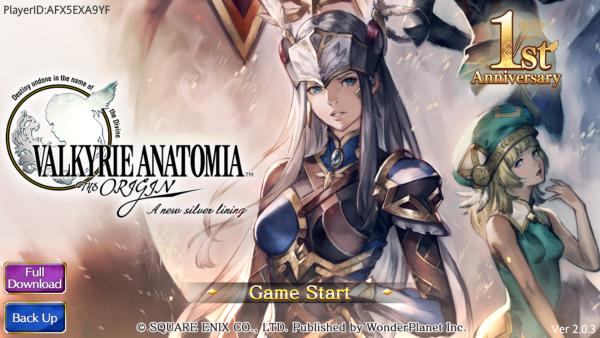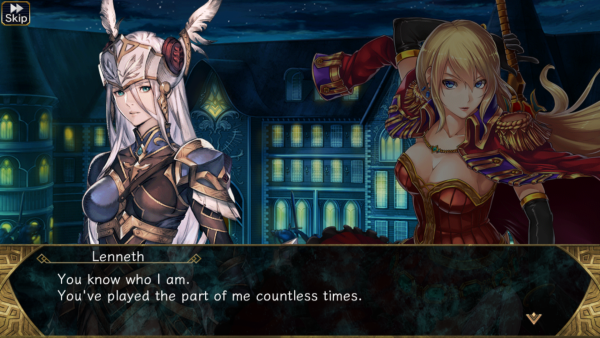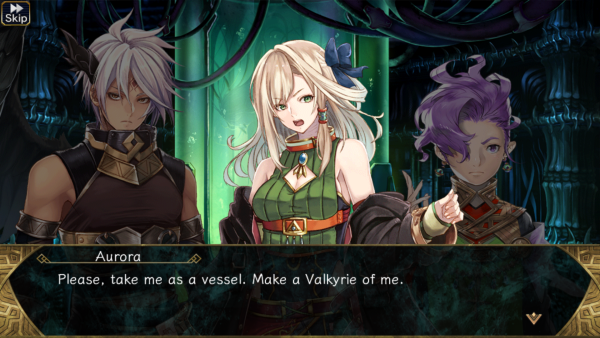Valkyrie Profile sequels have terrible luck. Consider
Valkyrie Profile 2: Silmeria, an inventive RPG promptly overshadowed by bigger RPG names when it poked its head up back in 2006. Consider
Valkyrie Profile: Covenant of the Plume, a beautifully depressing strategy-RPG that appeared on the Nintendo DS precisely when the platform had strategy-RPGs to spare. And in this age of rampant cheap and short-lived games for phones and tablets, Valkyrie Profile’s only real presence is a cheap and short-lived game for…well, you get the idea.

Not that
Valkyrie Anatomia: The Origin did badly for itself. Launched in 2016, it lasted some four years, and the English language release from Wonder Planet endured for over a year before Square Enix announced the worldwide shutdown of the game, effective August 31. For a mobile title based on an RPG series with a strictly cult following, that’s a firm success.
But how did Anatomia rank beside other Valkyrie Profiles? It makes no secret that it’s a prequel, with a confused and reserved (and unsatisfactorily armored) Lenneth Valkyrie called into the service of an Odin decidedly young and still sporting both of his eyes. Flanked by shapeshifting raven-kids Huginn and Muginn, Lenneth stalks the mortal realm in search of brave and gifted warriors to join Odin’s Einherjar ranks upon death. At least that final bit is easy to understand; it’s what valkyries do, you know.

Valkyrie Profile 2 messed around with alternate dimensions and secret identities, and Anatomia supercharges the whole concept. The overlying tale flits from one mysterious character and hidden agenda to another, mixing Norse myth with its own concepts and even bringing out the Rhinemaidens that Wagner possibly invented. Old worlds die, new ones are born, and it all vaguely connects to the Valkyrie Profile games we’ve seen before.
The central storyline rings the familiar chime of a war between gods and humans, though the RPG clichés is inverted: here the gods are sympathetic and distant while the humans who challenge them are corrupt and petty. It all leads to a climax with a few novel twists among the predictable ones, but the first chapter trails off to make room for a second arc—one that the writers scrambled to finish in the game's final month. The dialogue also does the story few favors; it’s adequate most of the time, but the typos and bland turns of phrase hardly suit a game about Norse mythology and celestial apocalypse.

At least the game delivers on the valkyrie front. Lenneth alone has several alternate forms, and she and her sisters are joined by new celestial warriors with each story arc. By the end I almost expected every character, human or otherwise, to have some valkyrie variant, each available only through a random pull with a .0005 percent chance of giving you anything good. This is a mobile game, after all.
It's fortunate that Valkyrie Anatomia returns to the greatest strength of the series: the individual tales of the Einherjar. As in the original Valkyrie Profile, Lenneth watches as mortals tread toward deaths of varying noble or tragic tones, taking in their mistakes, their sins, their vanities, their joys, and, most of all, their reasons for dying. At their finest, Valkyrie Profile games chronicle gods struggling to understand humans one sad story at a time, and Anatomia is replete with those.



